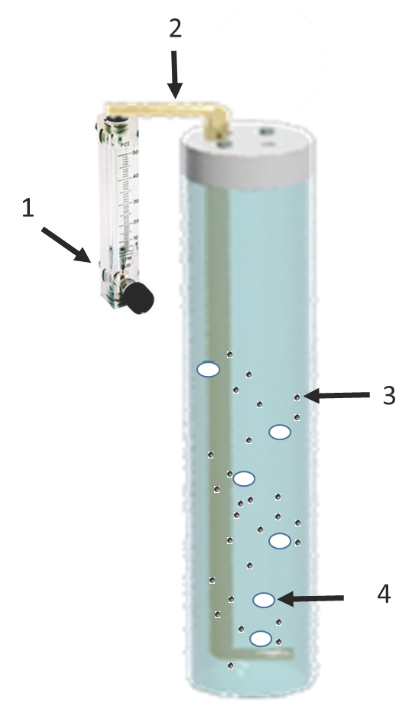Revista Mexicana de Ingeniería Química, Vol. 18, No. 1 (2019), Bio144
Solubilization and removal of petroleum hydrocarbons by a native microbial biomass in a bubble column reactor
|
R. Hernández-Martínez, S. Valdivia-Rivera, J. Betto-Sagahon, A. Coreño-Alonso, O. Tzintzun-Camacho, M.A. Lizardi-Jiménez
https://doi.org/10.24275/rmiq/Bio144
Abstract
 |
|
A native-microbial biomass obtained from a contaminated site in Puebla, Mexico was evaluated to determine hydrocarbonoclastic capacities and solubilization strategies of Mayan crude oil. The biomass was able to use 13 g L-1 of Mayan crude oil as a single carbon source in a bubble column reactor during 14 days period. Gompertz model was chosen as the best fit for the profiles of growth and hydrocarbon consumption. The microbial biomass achieved removal efficiencies of 70 ± 2 % and a high maximum growth rate (μmax = 0.76 d-1). Hydrocarbon degradation increased due to solubilization strategies, mainly emulsification. In particular, a maximum emulsification index (17.7 ± 0.4 %) was reached at 12-day of cultivation increasing the solubility and dispersion of hydrocarbons. Our work contributes to understand the mechanisms of hydrocarbon-degradation in multiphasic systems and reveal the potential use of this native-microbial biomass for bioremediation purposes.
Keywords: Microbial biomass, Hydrocarbons, Emulsification, Bioremediation, Bubble column.
|
|
 |

